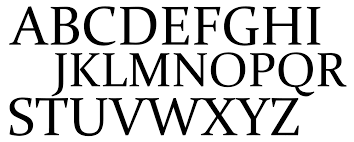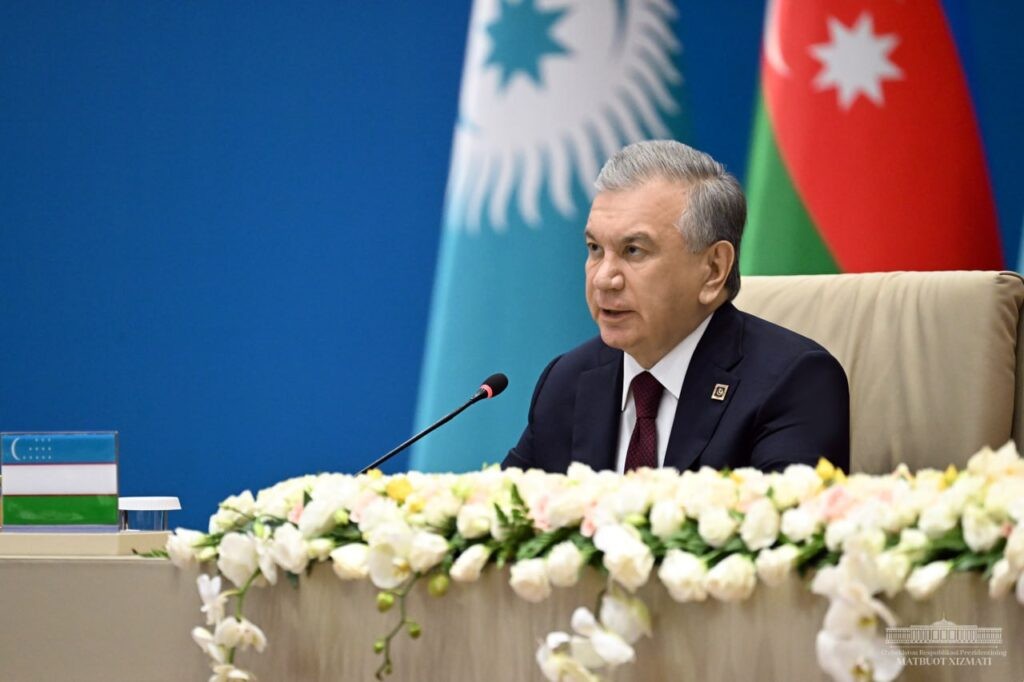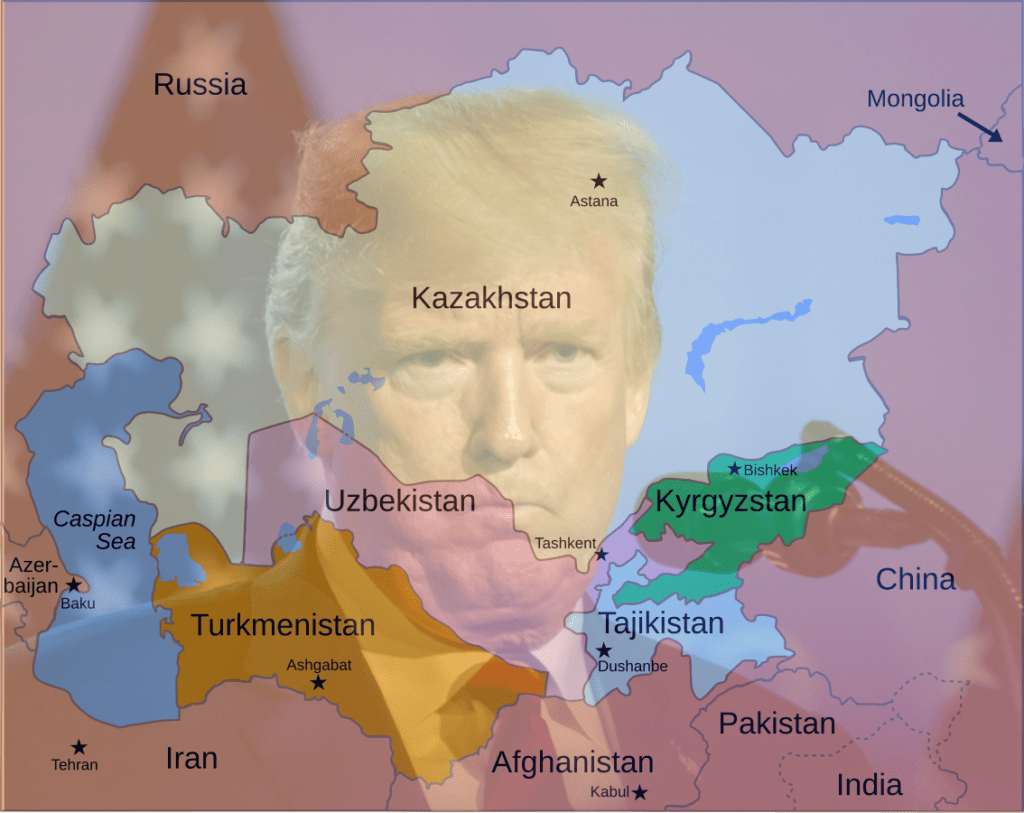ALMATY/BISHKEK (TCA) — Language is one of those issues over which emotions often prevail over the voice of reason. Yet, coexistence of more than one language on a single national territory is far more common than many people seem to think.
Kazakhstan has adopted a plan for a switch of the Kazakh language from Cyrillic to Latin. President Nursultan Nazarbayev personally advocated the move in a recent article in which he “instructed” the government to get the linguistic “transition” done by 2025. In Kyrgyzstan, following Nazarbayev’s initiative, a similar move was discussed in the Kyrgyz parliament, but the issue did not go farther than just talking. Kazakhstan follows similar moves in Uzbekistan and Azerbaijan more than a decade ago. That went along with some difficulties especially among rural communities. The coming of Internet in the meantime has brought many of such barriers down.
Tensions over linguistics often reflect historic social and socioeconomic antagonisms. In North Africa, French still coexists with Arabic and in large parts of the rest of Africa with a vast variety of indigenous languages, whereas in other parts English plays that role. In Latin America, Spanish and Portuguese dominate the political and economic scene while only here and there (e.g. Inca in Peru) indigenous languages remain spoken. The Russian Federation has a kaleidoscope of languages scattered over its territory, while Azerbaijan has to live with the tongues of its Lesgian, Tat and Talysh minorities. In Europe, finally, countries like Switzerland, Belgium and Luxemburg are multilingual. In Kazakhstan and Kyrgyzstan, Russian remains the lingua franca among the better-off Kazakhs and Kyrgyz, while the indigenous languages only prevail in the often impoverished countryside.
Pressure to abandon the Russian language altogether has popped up on various occasions both in Kyrgyzstan and Kazakhstan. “When Kyrgyzstan became independent following the Soviet Union’s collapse in 1991, there was a popular idea among some Kyrgyzstanis to switch to the Latin alphabet,” an article in the Free Encyclopedia reads. “In the early 1990s, the Akayev government pursued an aggressive policy of introducing Kyrgyz as the official language […] A 1992 law called for the conduct of all public business to be converted fully to Kyrgyz by 1997. However, in March 1996, Kyrgyzstan’s parliament adopted a resolution making Russian an official language alongside Kyrgyz, marking a reversal of the earlier sentiment.”
In Kazakhstan, which harbours close to 4.5 million ethnic Russians (almost a quarter of its population), bi-linguism has never been questioned, but the alphabet issue did pop up. “In October 2006, Nursultan Nazarbayev, the President of Kazakhstan, brought up the topic of using the Latin alphabet instead of the Cyrillic alphabet as the official script for Kazakh in Kazakhstan,” a separate note in the Encyclopedia reads. A Kazakh government study released in September 2007 said that Kazakhstan could feasibly switch to a Latin script over a 10- to 12-year period, for a cost of $300 million. The transition was halted temporarily on December 13, 2007, with President Nazarbayev declaring: “For 70 years the Kazakhstanis read and wrote in Cyrillic. More than 100 nationalities live in our state. Thus we need stability and peace. We should be in no hurry in the issue of alphabet transformation.”
In both republics, it all happened before. In 1928, both languages switched to Latin, a situation which lasted until 1940 when an enriched version of Cyrillic was adopted. Before that, both Kazakh and Kyrgyz were written in an adapted version of the Arabic script, which had been in use ever since the Islamic conquest in the VIIIth Century AD and is still being used for Turkic languages in China. Before that, the Turkic language group had its own alphabet known as Orkhon after the location in present-day Mongolia where the most important inscriptions have been found.
Looking at the ancient alphabet, it becomes clear that a non-negligible number of dilemmas will accompany the switch back to Latin, as the latter has no signs for numerous vowels and consonants appearing in the Orkhon script while others have varying ways to pronounce them depending on their context. Transliterating them imposes a choice between correct phonetics and correct grammar.
“Old Turkic being a synharmonic language, a number of consonant signs are divided into two synharmonic sets, one for front vowels and the other for back vowels. Such vowels can be taken as intrinsic to the consonant sign, giving the Old Turkic alphabet an aspect of an abugida script,” the Encyclopedia reads. Abugida is “… a segmental writing system in which consonant–vowel sequences are written as a unit: each unit is based on a consonant letter, and vowel notation is secondary. This contrasts with a full alphabet, in which vowels have status equal to consonants.” The script type is abundantly found in southern Asia, but also in Ethiopia and among Canadian indigenous tribes’ inscriptions.
As for the coexistence between Russian and Kazakh and Kyrgyz respectively, the switchback to Latin is unlikely to bring many changes. A number of daydreaming commentators both on the spot and in western media have posted claims that due to the switch “Russia is on the retreat” in its former fellow USSR member states which undergo a type of “westernisation” isolating the Russian element is a typical case of taking windmills for warriors. It is like declaring that after the completion of the Brexit process everybody in continental Europe will stop speaking English. Political zeal is one thing, social realities are another.








